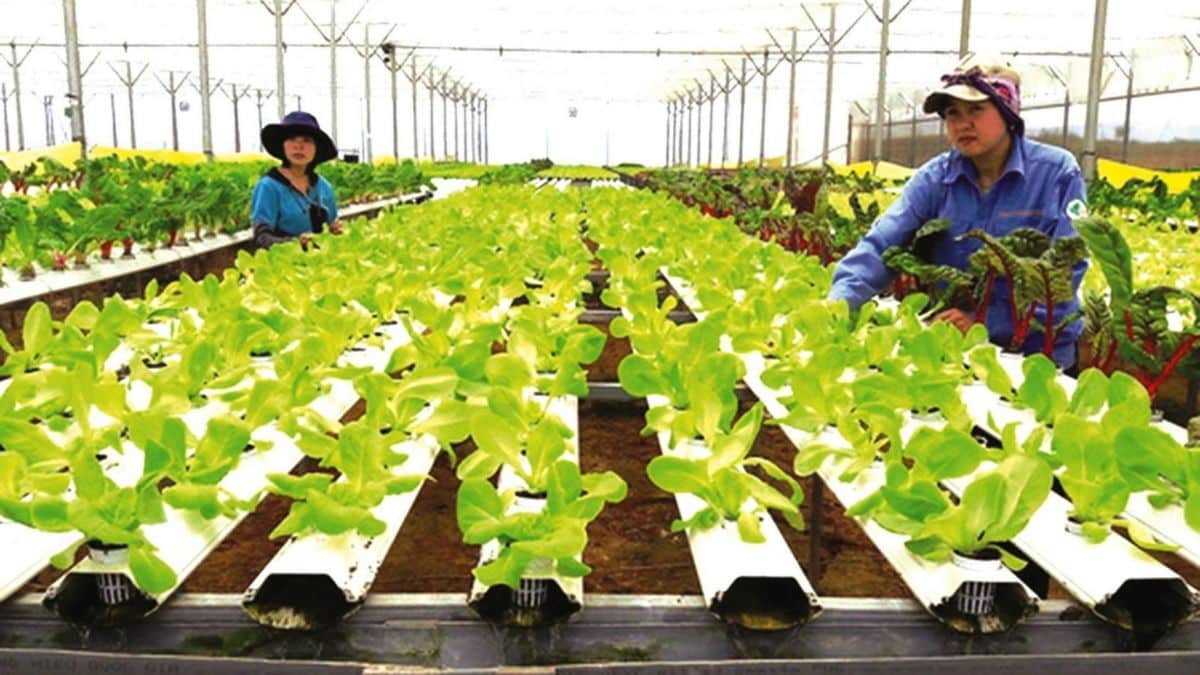 Image credit:ven.congthuong
Image credit:ven.congthuong
Recent high-resolution satellite images have unveiled the operational status of the Pyongyang Kangdong Comprehensive Greenhouse Complex, a testament to North Korea’s ambitious push towards agricultural modernization. Located in Kangdong County, Pyongyang, this sprawling 260-hectare facility comprises over 1,050 greenhouse structures and represents a significant leap forward in the nation’s agricultural capabilities.
The core of the complex features “plant factories” that use cylindrical vegetable cultivation systems designed to optimize nutrient absorption and light efficiency. These advanced greenhouses incorporate real-time environmental monitoring systems, which automatically adjust conditions to ensure optimal crop growth. This sophisticated approach allows for the harvesting of vegetables just 20 days after transplantation, a notable improvement over traditional farming methods.
Thermal infrared imaging and nighttime light intensity analyses have provided detailed insights into the complex’s continuous operations. Despite North Korea’s well-documented power shortages, the greenhouse is illuminated throughout the night, consuming large amounts of electricity. This has raised significant concerns regarding resource allocation in a country where many citizens struggle with daily hardships. Critics argue that the electricity dedicated to the greenhouse could be more equitably distributed to alleviate the widespread power shortages affecting ordinary North Koreans.
The Kangdong Greenhouse Complex has been praised for its rapid construction, completed in just one year, and for its technological advancements. However, the project has not been without controversy. Reports suggest that the high-quality vegetables produced at the complex are primarily reserved for the central government and Pyongyang’s elite, raising questions about the project’s true benefits for the general populace. The lack of transparency regarding the distribution of produce has fueled skepticism about the government’s priorities, particularly given the country’s persistent food shortages
North Korean leader Kim Jong Un has touted the greenhouse complex as a symbol of the nation’s technological prowess and a key component of his vision for the country’s future. The project aligns with his broader goals of modernizing North Korea’s agricultural sector and improving food security. However, the heavy investment in such a high-tech facility, amidst ongoing economic difficulties and food scarcity, has sparked debate both domestically and internationally.
